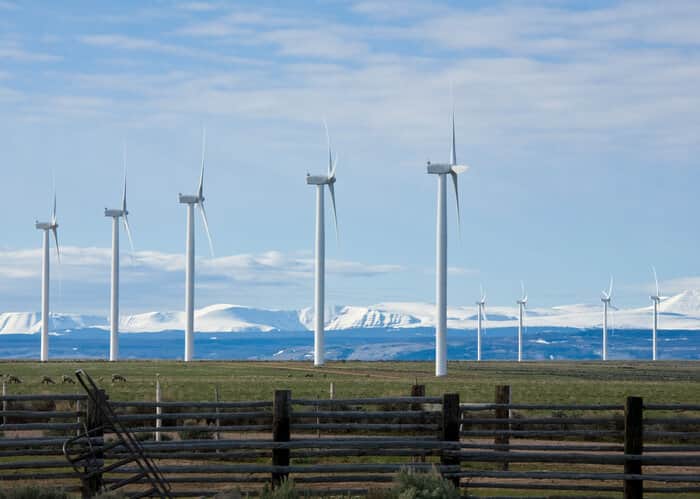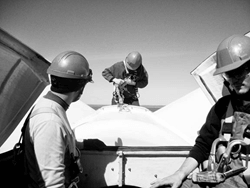The Port of Vancouver, Wash., has been identified by the U.S. Census Bureau as the leading U.S. port in handling cargo related to wind energy projects. The port handled more than 2,700 pieces of wind turbines in 2009, utilizing near-dock rail transloading facilities, and the regional and national highway networks.
The port's two Liebherr heavy-lift mobile harbor cranes have a single crane lift capacity of 140 metric tons (mt), and tandem picks to 280 mt, according to the port.
‘The Port of Vancouver's status as the number-one U.S. wind energy importer is a result of cost-effective transportation connections, the right equipment and an efficient labor force,’ says Alastair Smith, senior director of marketing and operations. ‘It has been by design and through long-term investments that we are able to provide what wind energy importers need for efficient transport of their products.’
Key to the port's transportation connections is the construction of the West Vancouver Freight Access rail project, which has brought dual-access unit-train capacity to the port. With plans to grow its rail volume from nearly 60,000 to 160,000 cars per year, the port has completed construction on a unit train loop track system. The project will provide a 40% reduction in delays while nearly tripling the port's rail capacity, the Port of Vancouver says.
Another asset to the port's short- and long-term success is the recent purchase of 218 acres of deep draft and unit train-served maritime and heavy industrial land, located on a former aluminum smelting site.
SOURCE: Port Of Vancouver Â



